I felt quite confident that the dog would one night eat me for a midnight snack. But scared for my life for the better part of those two hot summer months or not, even that dog didn’t detract from how much I enjoyed house-sitting in Altadena, California on a property known as “The Secret Garden”, in a home designed by renowned architect Frederick Monhoff. He and his wife Hildegarde spent 36 years right there, before retiring to the Napa Valley in 1962. And I absolutely loved it.
It was outstanding being in his second storey Master Bedroom, with one wall of built-in bookcases and two others made exclusively of glass, overlooking a large if somewhat ragged rooftop patio and the dense gardens below that made the property so uncharacteristically private in the Los Angeles area. It was somehow such a peaceful feeling to have the line between interior and exterior so blatantly blurred. To some extent, I’d already become interested in “modern” homes by then, but actually living in one of the originals of that architectural movement from the turn of the century gave me the unique opportunity to experience firsthand what worked well.
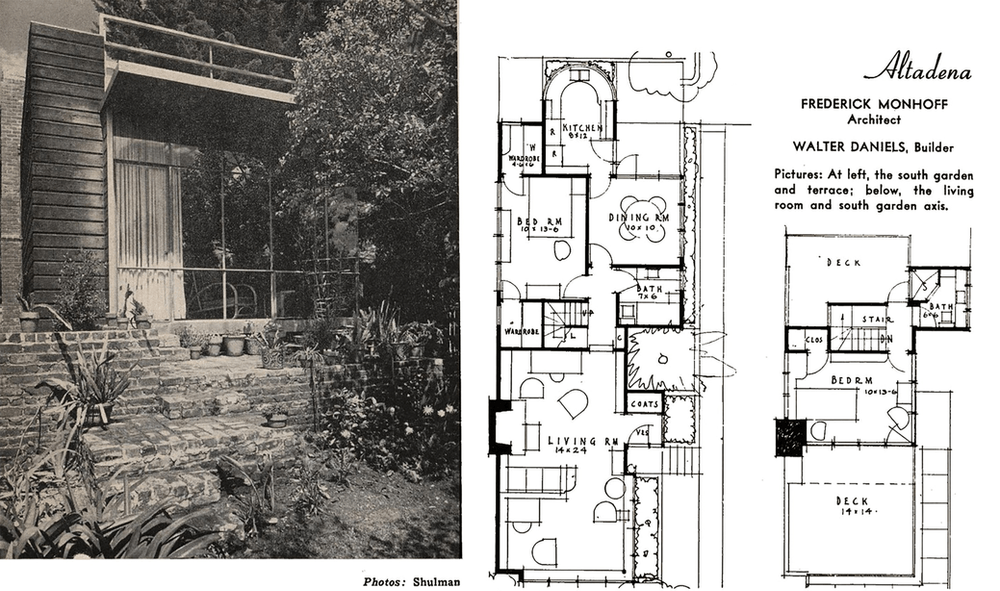
Frederick Monhoff, Flanner-Monhoff Property (guest house). Today the front deck on the Upper Floor (behind the stairs), was changed to be a large walk-in closet and library. The wall between the Main Floor Bedroom and Dining Room was removed, opening the space toward the Living Room.
Monhoff designed his Secret Garden property about the same time as Richard Neutra designed the famous Lovell House not far away in Los Feliz, boldly pioneering modern architecture as we know it today. While some architects seem only interested in imposing their own artistic vision and style, what I love about Neutra was that regardless of the size of the project he attentively ascertained his client’s wants and needs, often using long questionnaires to help understand them. He not only worked with nature but also psychology. In some cases he went so far as to have clients make diaries, in order to get a better understanding of their daily lives and lifestyle, and then created architecture in response. While I’ve never gone so far as asking a client for their diaries, what is often considered a “unique” approach in my own design process today, in fact closely resembles what Richard Neutra become famous for doing almost 100 years ago.
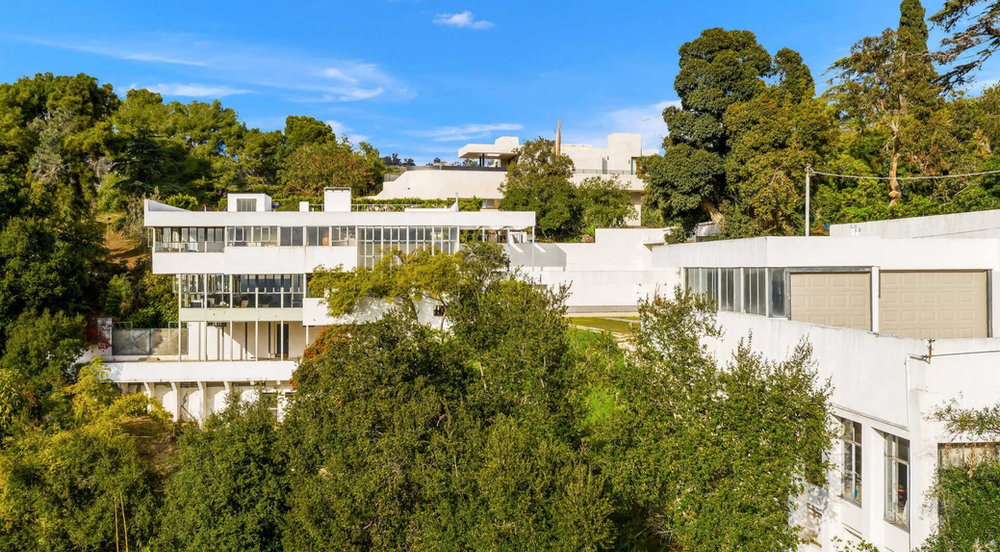
Richard Neutra, Lovell House (1929)
I am easily distracted, I admit, so when I start going through some of my favorite residential architect's websites, time seems to fly by for me like it does for my son on the Xbox, and I can't help myself but to get a little lost in it. Along with a friend and colleague of mine, I've inadvertently spent entire afternoons analyzing images from architects we both admire. And despite the disruption to my own firm's productivity, I have to confess that I really enjoy those afternoons! Honestly, I blame my colleague because he knows I'm easily lured in; I think when he wants a break he just brings up a pretty picture, and away we go.
This morning, thinking about this blog post turned into one of those wonderfully unproductive days. I thought it would be interesting to take a quick look at some of what has interested and influenced me, specifically in modern architecture, from both the past and firms I respect today. While the majority of my own firm's work tends to be more traditional or transitional , that (like Neutra) in response to my clients' needs, I do still love modern styled homes when done well. Modern architecture, in my experience, can often require an extra level of fine-tuning to get it just right (which is part of what I love about it), and unfortunately can be so very unforgiving without adequate attention.
I recall sitting in a USC auditorium listening to Eric Owen Moss present one of his buildings which was being built in Culver City. Firms like his, Frank Gehry’s, and others have done some amazing, ground breaking, world renowned buildings, and their technical prowess is absolutely astounding, with shapes and structures that seem to defy even gravity. But I have to confess as I sat in his lecture that day I found myself silently wondering: “Just because something can be built, should it be?” If I've done my job well, the homes designed could presumably be still standing 100 years from now. And, as Frank Lloyd Write once said, “A doctor can bury his mistakes, but an architect can only advise his client to plant vines!” So, while I appreciate so many aspects of his work, when it comes to our homes I sometimes can’t help but wonder about the relevance, beyond shock value, of Frank Gehry's own home, built in 1978 in Santa Monica, regardless of any associated iconic status gained.
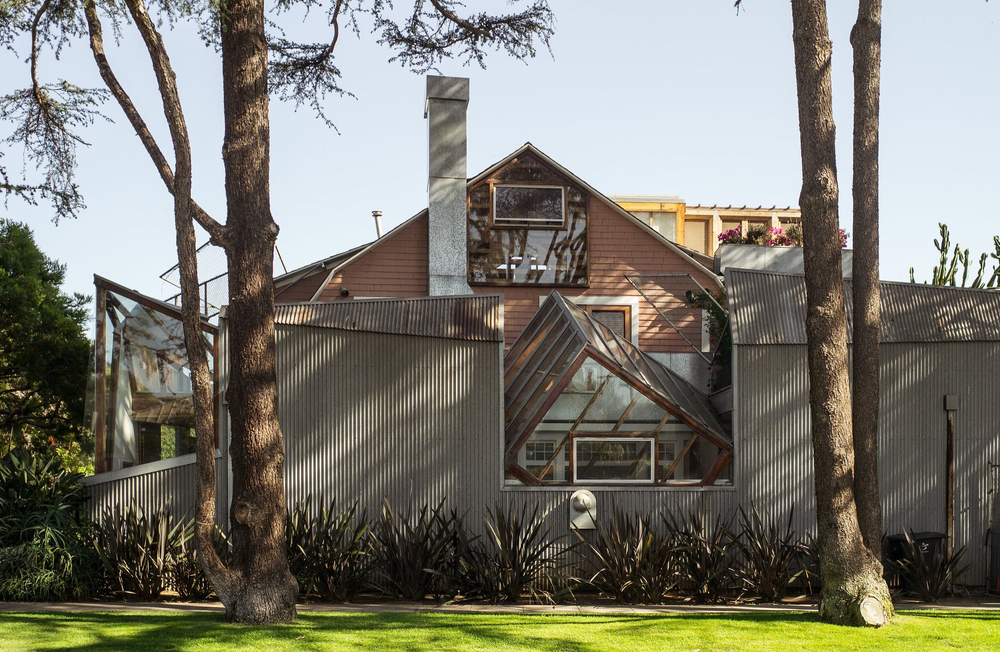
Frank Gehry, Gehry Residence
On the other hand, one of the first architects that I paid attention to as I began my investigation, early in my architectural studies, had to be Richard Meier, who started his firm in 1963, and remains a presence in the office today. I fell in love with his consistently white work, while I sat sketching his buildings in the airy courtyard of the famous Getty Museum. I actually still have one of those old sketches framed on a wall in my home. Although I can understand why my wife doesn't like some of his homes, she always preferring cozy to cold, I still do appreciate much of Meier's work today. He masterfully takes advantage of light and shadow in a way that seemingly few others are capable.
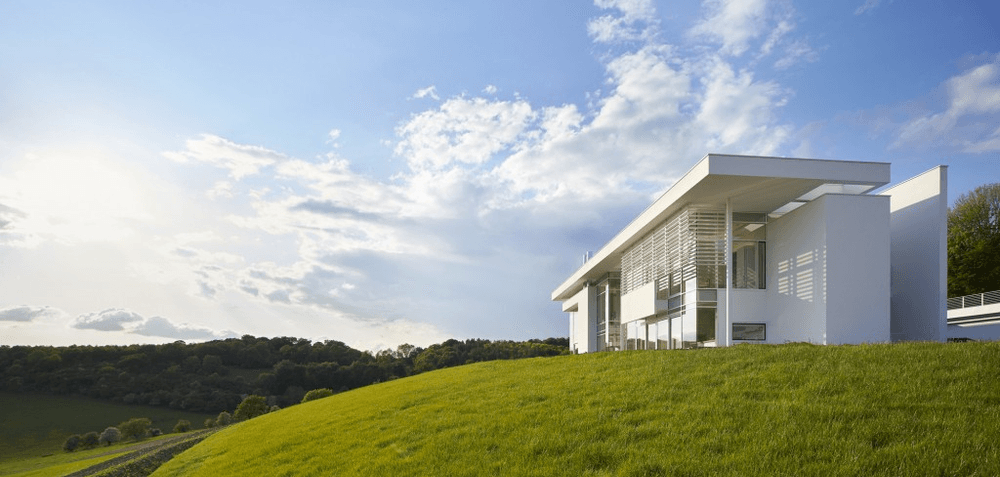
Richard Meier, Oxfordshire Residence
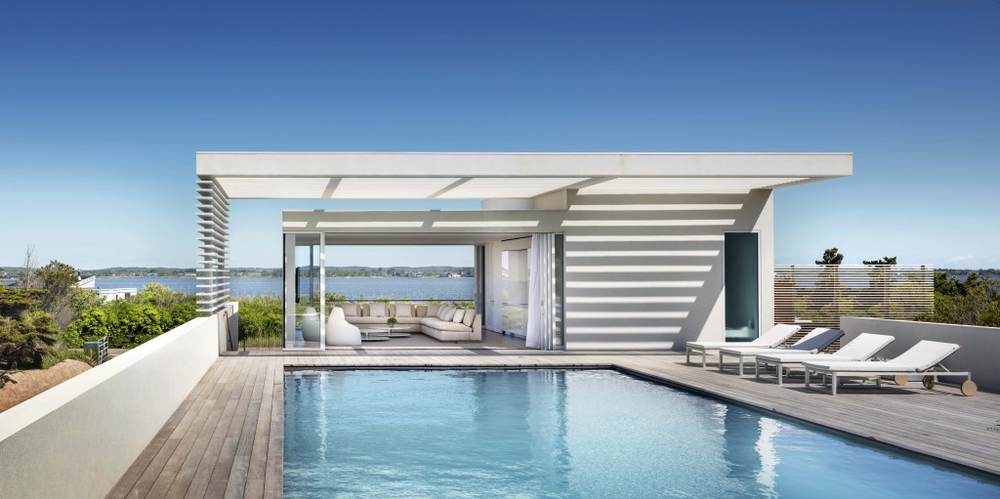
Richard Meier, Flying Point Residence Pool House
In reality, there are so many firms offering great examples that continue to invade my unproductive afternoons that I could never capture even a fraction in a post like this. Some are projects done by direct competitors; I'm not the only firm that occasionally has good ideas, after all. Some are creating absolutely fantastic work that I love, but would never probably pitch to a client myself, like some of what's done at Olsen Kundig's Seattle office. However, even if I might not consider it myself, as they often flirt with an almost industrial feeling, it's nonetheless pretty phenomenal stuff that I turn to often. Some firms work is much closer to my own style or taste, creating modern houses that remain warm, welcoming, and "homey", with all the feeling that word invokes. I love a lot of the work done by Aidlin Darling in San Francisco, for example, or Tea2 Architects in Minnesota. I've followed both those firms for almost as long as I've been designing homes; not because I think all their work is perfect, but because it's clear in the details that they are paying very close attention indeed.
Ken Linsteadt's design process is probably about the polar opposite to mine, not truly finishing his designs until the day the clients move in. That approach tends to take much more time to build, with construction often being delayed, contractors frustrated, and budget overruns unlike anything I've ever encountered in my life. But his process aside, I can't argue with the result; Ken's brought some truly beautiful homes to life, and I certainly appreciate his work.
Of course, there are many others that have influenced me and continue to do so... perhaps one of these days I'll write a post about how one might choose between them all, or what to expect in professional fees, when you're ready to start on your own dream home.
In the end, regardless of style or process, beautiful, thoughtful homes inspire me, with much to learn from so many architectural pioneers (past and present) as I humbly try to add a little to that landscape, one house at a time.
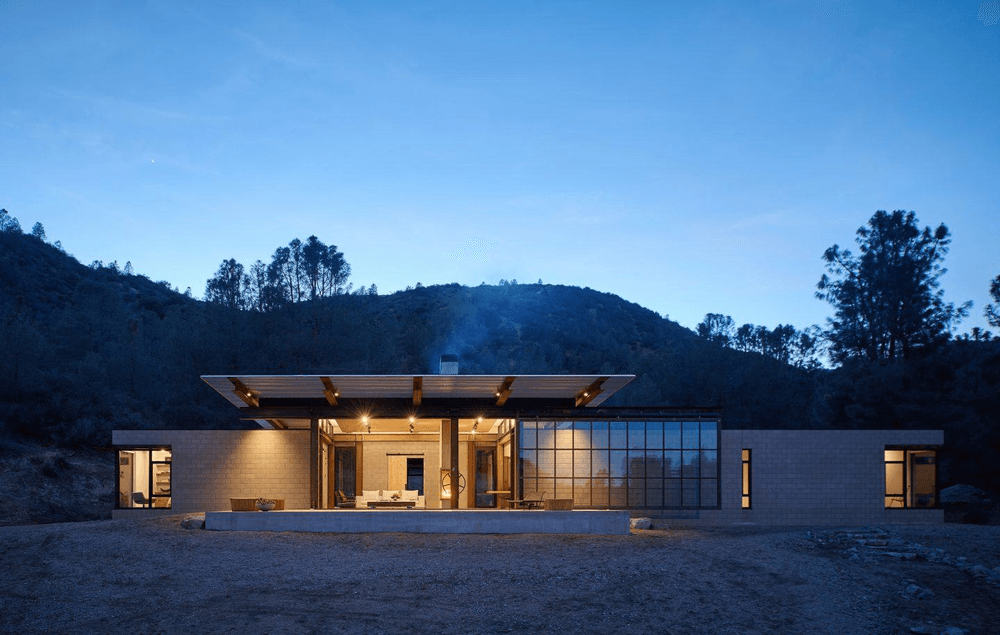
Olsen Kundig, Sawmill Canyon Retreat
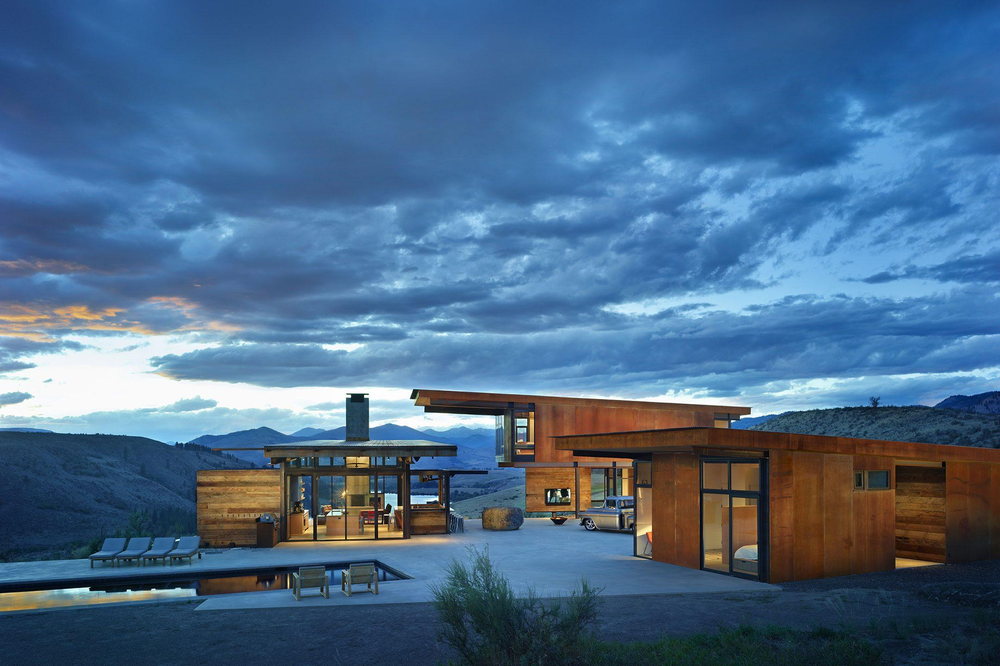
Olsen Kundig, Studhorse
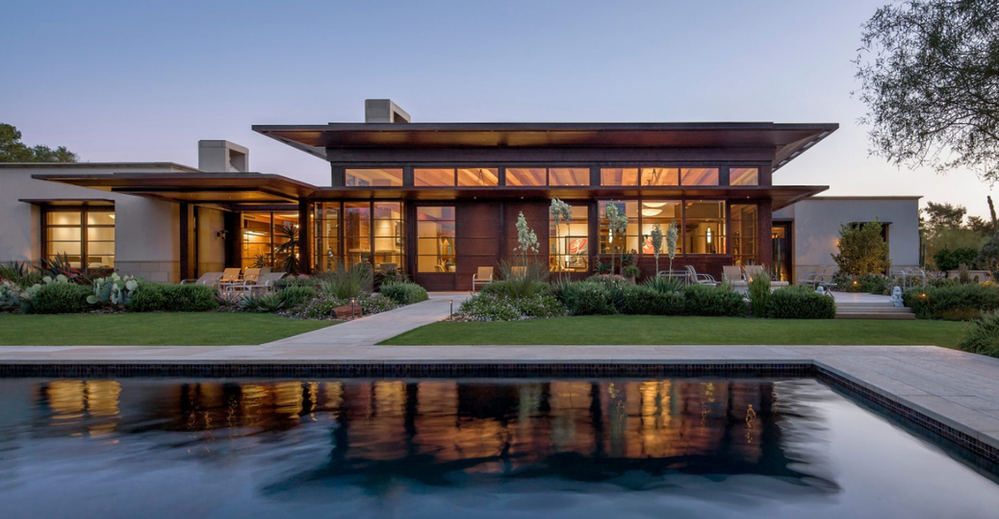
Tea2 Architects, Sonoran Modern
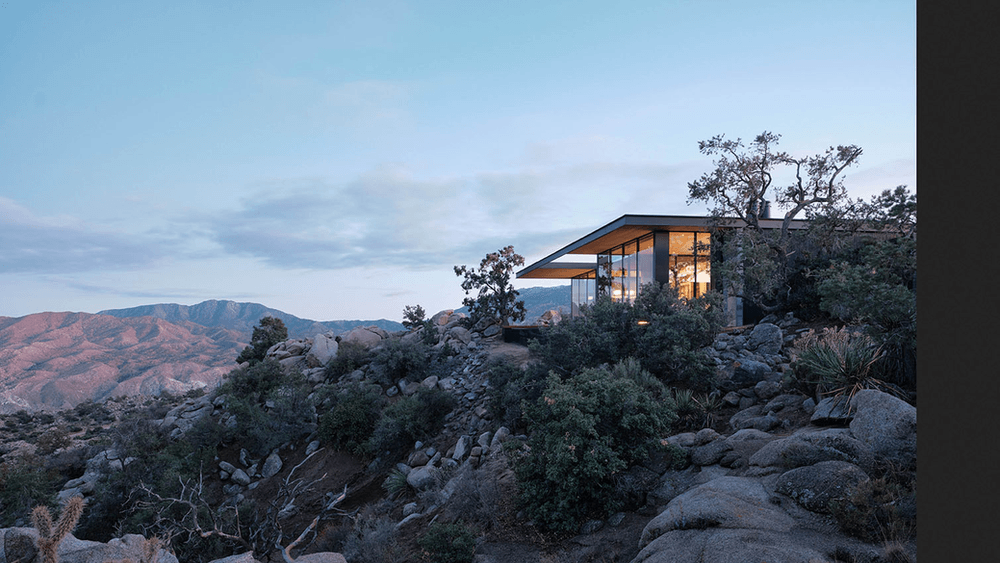
Aidlin Darling Design, High Desert Retreat
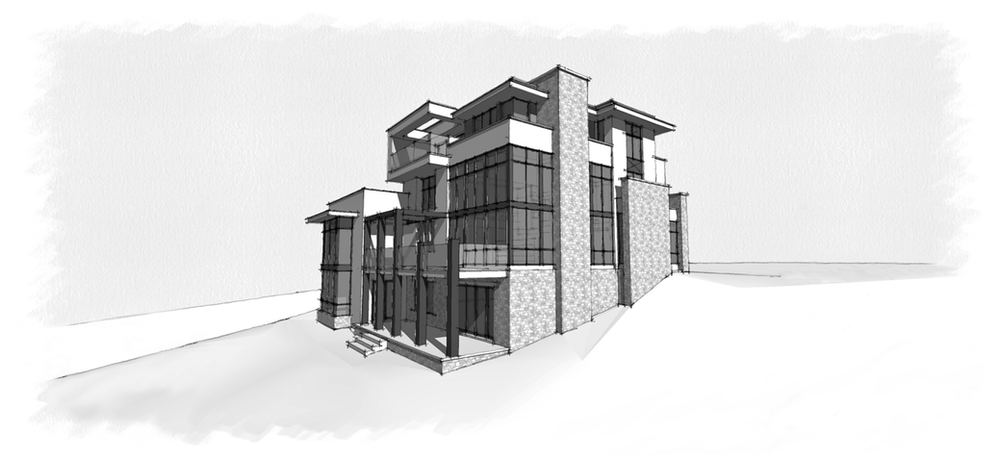
Marre Design Group, Lienweber + Lenstra Residence


